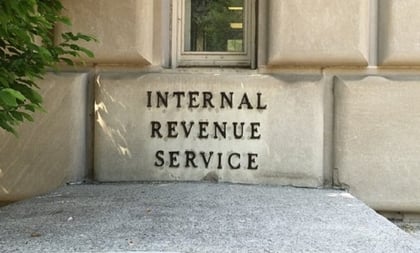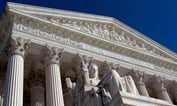The Internal Revenue Service released question-and-answer guidance Wednesday to help small businesses and other employers that maintain 401(k) and certain 403(b) plans comply with the Setting Every Community Up for Retirement Enhancement (Secure) Act of 2019.
In Notice 2020-86, the IRS explains that the Secure Act generally increases from 10% to 15% the maximum automatic elective deferral under an automatic enrollment safe harbor plan.
The Act “also eliminates certain safe harbor notice requirements for plans that provide safe harbor nonelective contributions and adds new provisions for the retroactive adoption of safe harbor status for those plans,” the IRS states.
IRA and tax specialist Ed Slott with Ed Slott & Co., told ThinkAdvisor in a Thursday morning email that in light of the guidance, advisors should remind 401(k) clients who are affected.
“This would include companies who use ‘safe harbor’ arrangements,” Slott said. “Many companies use safe harbors to avoid nondiscrimination testing, which might require them to limit 401(k) contributions for ‘highly compensated employees.’”
Under the tax code, Slott continued, “a ‘highly compensated employee’ is either a 5% owner of the company or someone making more than $130,000 (that number is indexed). With that low threshold, almost every company will have at least one employee in that category.”









 December 10, 2020 at 02:44 PM
December 10, 2020 at 02:44 PM











